Rising Demand in Food Packaging
The Antifog Additives Market is experiencing a notable increase in demand driven by the food packaging sector. As consumers become more health-conscious, the need for clear visibility in food packaging has surged. Antifog additives help maintain clarity in packaging, ensuring that consumers can see the product without obstruction. This trend is particularly evident in the packaging of fresh produce, where visibility is crucial for consumer choice. According to industry estimates, the food packaging segment is projected to account for a significant share of the antifog additives market, potentially reaching a valuation of several hundred million dollars by 2026. This growth is indicative of the broader trend towards enhanced consumer experience in food retail.
Growth in Automotive Applications
The Antifog Additives Market is also witnessing growth due to increasing applications in the automotive sector. As vehicle manufacturers strive to enhance safety and visibility, antifog additives are being integrated into various components, including windshields and mirrors. The automotive industry is projected to expand significantly, with a compound annual growth rate that could exceed 5% over the next few years. This growth is driven by the rising demand for advanced safety features and improved visibility in adverse weather conditions. Consequently, the incorporation of antifog additives in automotive applications is likely to bolster the overall market, reflecting a shift towards innovative solutions that enhance driver safety.
Expansion of the Healthcare Sector
The Antifog Additives Market is poised for growth due to the expansion of the healthcare sector. With the increasing use of transparent medical devices and protective equipment, the need for antifog solutions has become more pronounced. Antifog additives are essential in ensuring that medical professionals maintain clear visibility while using equipment such as goggles and face shields. The healthcare industry is projected to grow at a robust rate, driven by advancements in medical technology and an increasing focus on patient safety. This growth is likely to create new opportunities for antifog additives, as manufacturers seek to enhance the functionality and safety of medical products.
Increased Focus on Consumer Safety
The Antifog Additives Market is significantly influenced by the heightened focus on consumer safety and product quality. As industries such as food and pharmaceuticals prioritize safety, the demand for antifog additives that ensure product visibility and integrity is on the rise. This trend is particularly relevant in sectors where product clarity is essential for consumer trust. The market is expected to benefit from regulatory frameworks that emphasize transparency and safety in product packaging. As a result, manufacturers are increasingly adopting antifog solutions to comply with these standards, which could lead to a substantial increase in market share for antifog additives in the coming years.
Technological Innovations in Antifog Solutions
Technological advancements are playing a pivotal role in shaping the Antifog Additives Market. Innovations in polymer chemistry and formulation techniques have led to the development of more effective antifog solutions. These advancements not only improve the performance of antifog additives but also expand their applicability across various sectors, including packaging, automotive, and consumer goods. The introduction of new formulations that offer longer-lasting effects and enhanced clarity is expected to drive market growth. As manufacturers continue to invest in research and development, the market is likely to see a surge in innovative products that cater to diverse consumer needs, thereby enhancing the overall market landscape.
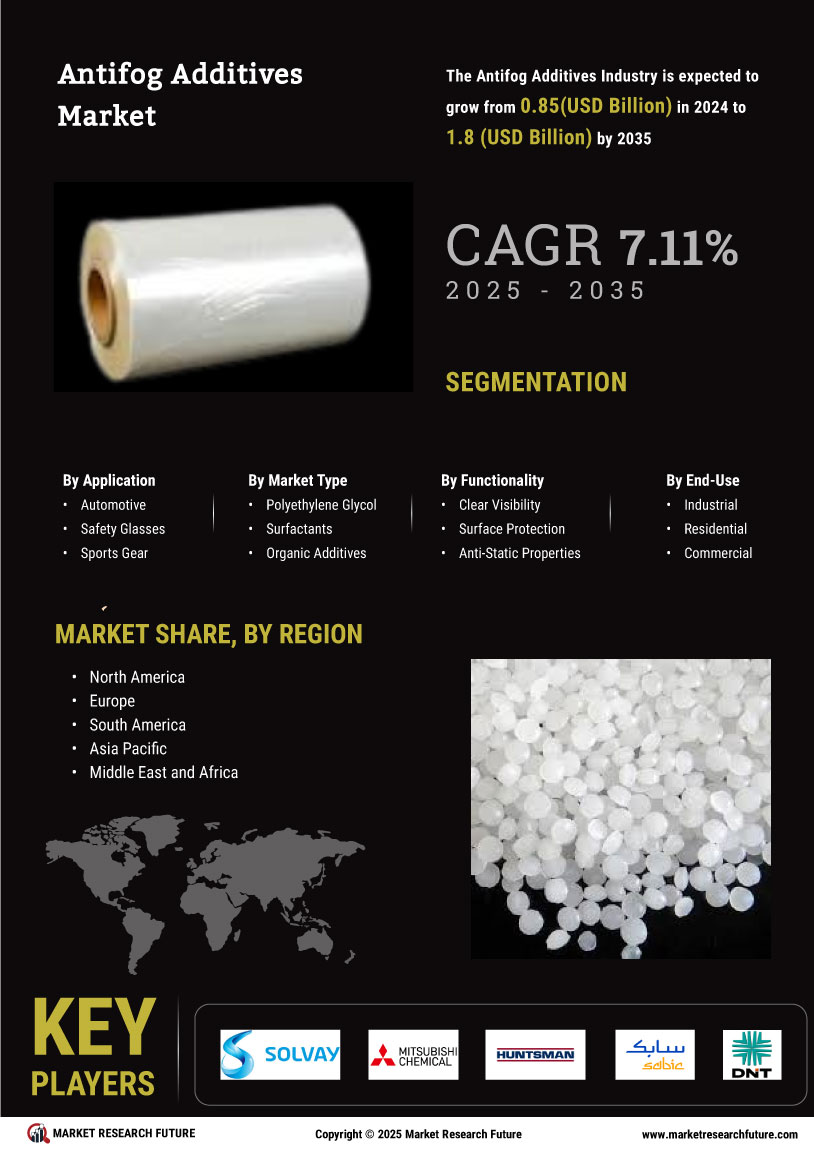


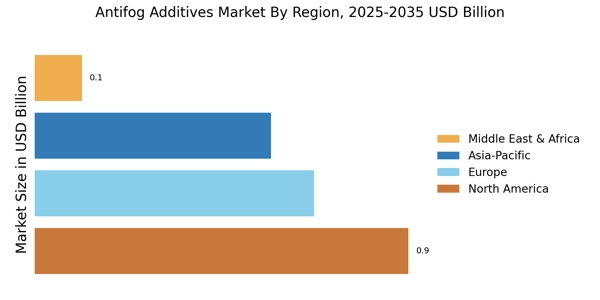
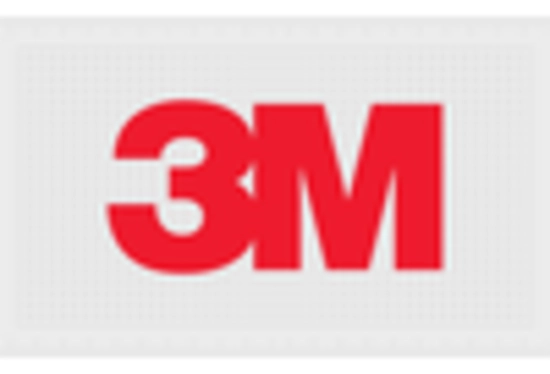
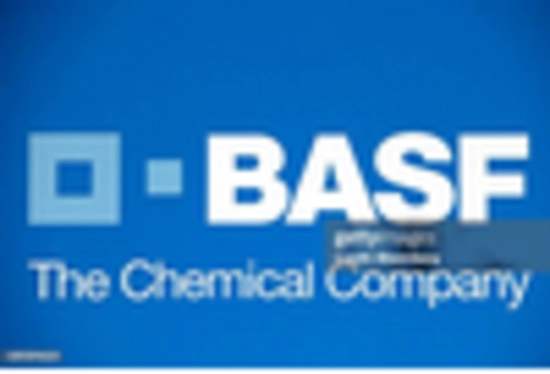


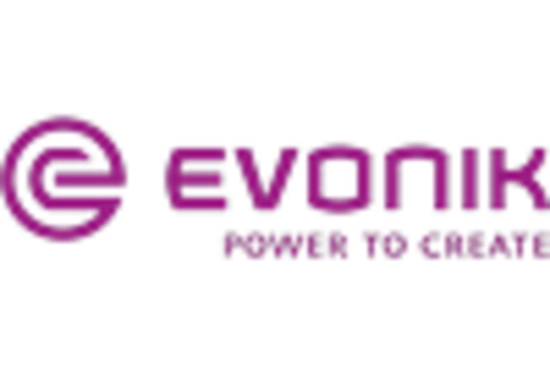









Leave a Comment